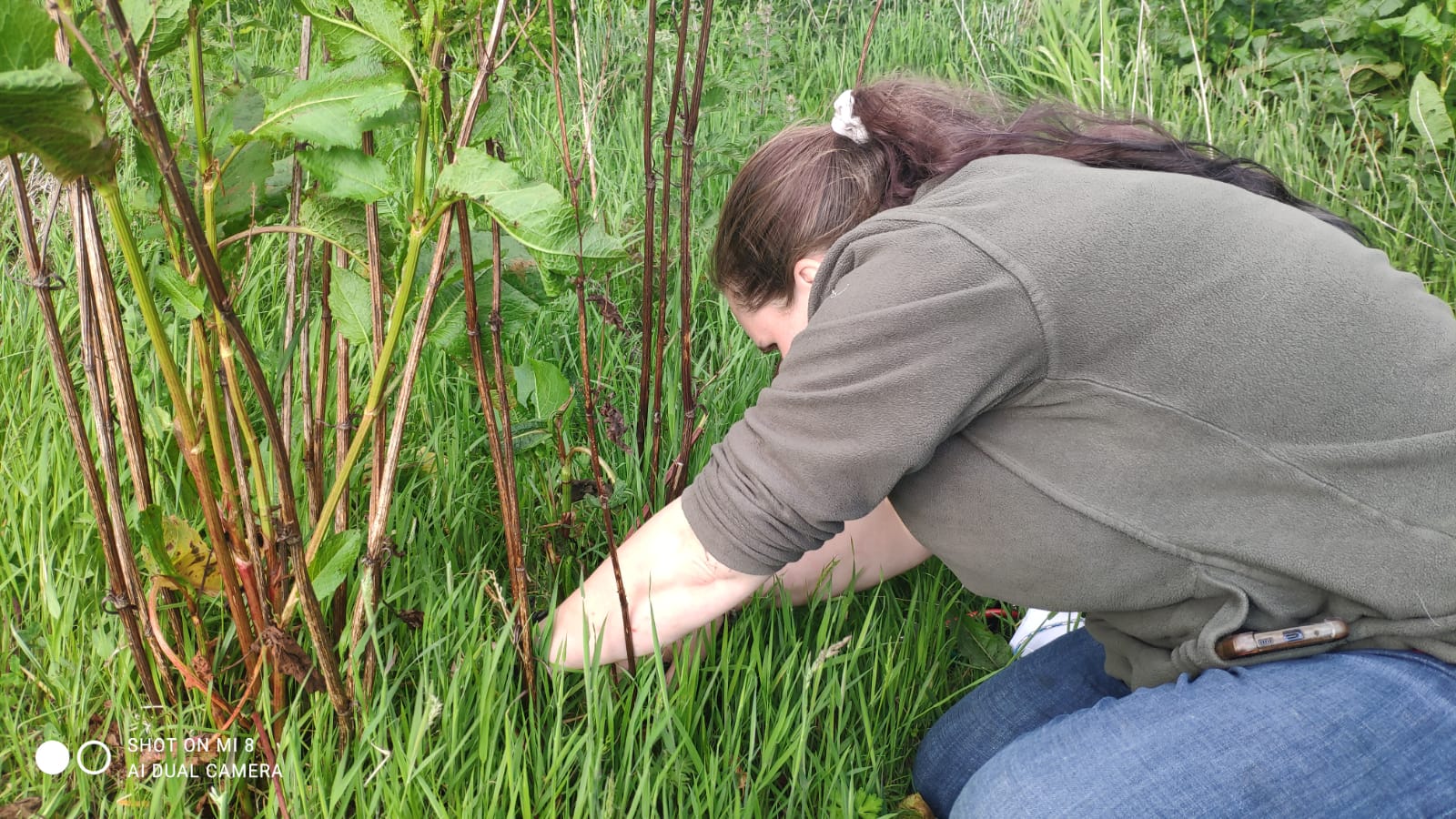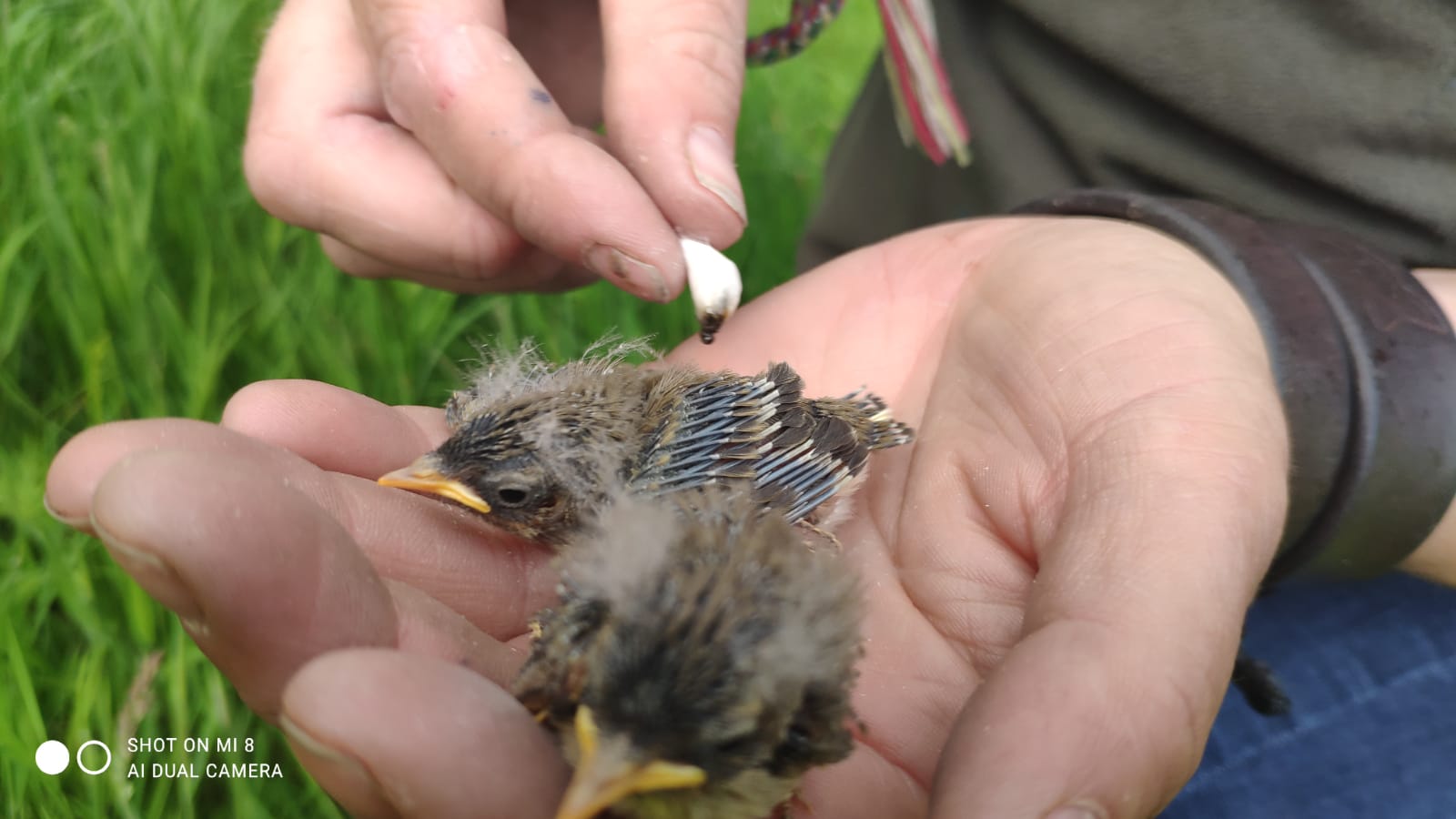DÚLRA stepped out the back door on Monday and was greeted with the sound of summer – a beautiful song drifting down from the Belfast Hills. The willow warblers had finally returned from their six-month exile.
It’s a joyous five-second cascading warble that is the hallmark of summer in the countryside, notes that rise and then fall as if the bird has run out of breath. Which, considering where it has just come from, is probably true. It’s just travelled 8,000km to get to our hillside. It had to cross the Sahara, the Mediterranean, the Pyrenees and finally the length of Ireland. And it weighs no more than a box of matches.
It’s a song you’ll often hear on TV dramas – it must be the standard-bearer of recorded background sounds when there’s an outside scene. The only problem is you’ll often hear it singing its heart out as two actors walk through a park in winter – when in reality it’ll be 8,000km away!
Willow warblers don’t do gardens or even parks – these birds need a patch of wilderness. But not too much – they don’t do forests either – they’ve got an identical warbler, the chiff-chaff, who’ll live there instead. No, what willow warblers really like is exactly that type of scrubland that you’ll find on the slopes of our hillsides. A couple of forgotten hawthorn trees here, a willow or alder there. And maybe a wee stream trickling underneath.
Little set-ups like these are magical – Dúlra likes nothing better than to settle down on the grass in one of these glades and watch this mini-universe in action. Even on the exposed top of our hillsides, if there’s a couple of wind-battered bushes it’ll be enough for a pair of willow warblers to set up home. If one of those trees is a willow, well, you’ll be guaranteed to see the ceolaire sailí – sally being the county name still used in Ireland for willow.
Despite the disgraceful destruction of hedgerows that continues to accelerate, willow warblers love Ireland. This week, three million of them arrived here. Three million all the way from Africa – and Dúlra would wager than most readers have yet to see one!
It breeds from Ireland to Siberia, but in widely varied numbers. It’s actually Sweden’s most common bird and although it’s 14th in Ireland’s list, it seems to be making its way up the charts.
But it’s not a case of its population simply increasing, they are coming here in greater numbers rather than further south because of global warming. So although their Irish population is growing, the world population may be falling.
The reason this tiny insect-eater doesn’t do gardens or parks is that they can’t find a place to nest. They love thick undergrowth, the type found when nettles and brambles grow up around the base of the trees. They build it on the ground, but it’s like finding a needle in a haystack. Dúlra has spent countless hours watching a pair, knowing that their nest is within a couple of square feet, but still getting no closer to finding it.
But when you do, it’s a pure delight. It’s a ball made of dried grass that doesn’t open at the top but at the side. He found one years ago at the back of Colin Glen, where he was able to watch a pair clearly from the other side of the river without them knowing. The nest had five perfect brown-speckled eggs.
There’s got to be an equation for finding nests. Is it experience multiplied by patience?
One person who has it in spades is Debbie ‘Doolittle’ Nelson, seen here ringing the tiny warbler chicks last summer.

As you can see, the nest was simply hidden among long grass, making it an almost impossible task to find. It’s when they start feeding their young that you get the best chance by following their parents with food in their beaks.
Ringing helps keep tabs on their mortality rate – these birds don’t enjoy long lives, the longest being six years. Some may be picked off by birds of prey, but by far the most dangerous time is migration itself, when half of them can perish.
Dúlra is delighted the wee visitor is back home. For most people the return of the swallows heralds summer, but if you’ve spent your life on the Belfast Hills, it’s got to be the willow warbler’s song. It means that winter is well and truly over, we’ve all survived to see another summer. Surely that’s a good enough reason to burst into song?
• If you’ve seen or photographed anything interesting, or have any nature questions, you can text Dúlra on 07801 414804.







